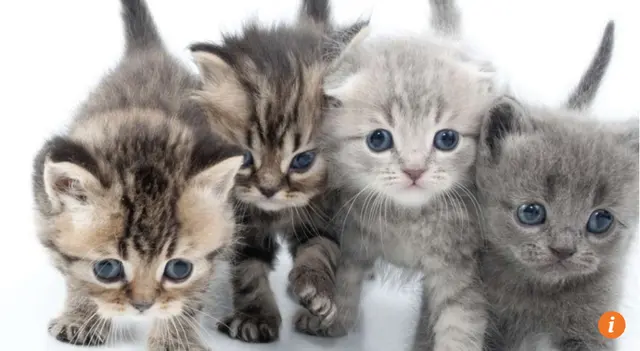I read much of Abigail Tucker’sThe Lion in the Living Room, appropriately, with a cat on my lap. And though I sat quietly, she did not: sometimes perching on the arm of my chair, staring vaguely but fixedly into space while her tail blocked the pages; sometimes jumping out of my lap and noisily racing around the room for no apparent reason.
In other words, my beloved orange tabby seemed hellbent on proving Tucker’s thesis: while house cats are the world’s most popular pet – both in the flesh and online – they offer us curiously little in return.
The Lion in the Living Room
by Abigail Tucker
Simon & Schuster
3.5 stars
Cover of the book: The lion in the living room.
Outdoors, they spread disease, annihilate bird species and aren’t as good at controlling rodent populations as they’re said to be. Indoors, cats are self-contained – “They don’t need people to complete them,” writes Tucker – and mostly sedentary. Unlike dogs, they have few innate duties and don’t seem to care whether they please us.
File Photo
ButThe Lion in the Living Roomis no anti-cat screed. Tucker is an engaging writer and a sucker for the felines. (She had me when she referred to her own sleeping ginger cat as an “oversized croissant”.) And her brief, lighthearted book takes us on a fascinating journey: the evolution of the house cat, their similarities to their “big-cat” relations, cat husbandry, the indoor-cat phenomenon, the truth behind toxoplasmosis, the question of whether cats are at all useful (short answer: not really), the LOLCat internet craze and the central question of why so many of us are crazy about cats. (Apparently, it has to do with what an ethnologist calls “baby releasers”: cats, with their round faces and big eyes, remind us of our own young.)
(SCMP)
 简体中文
简体中文



